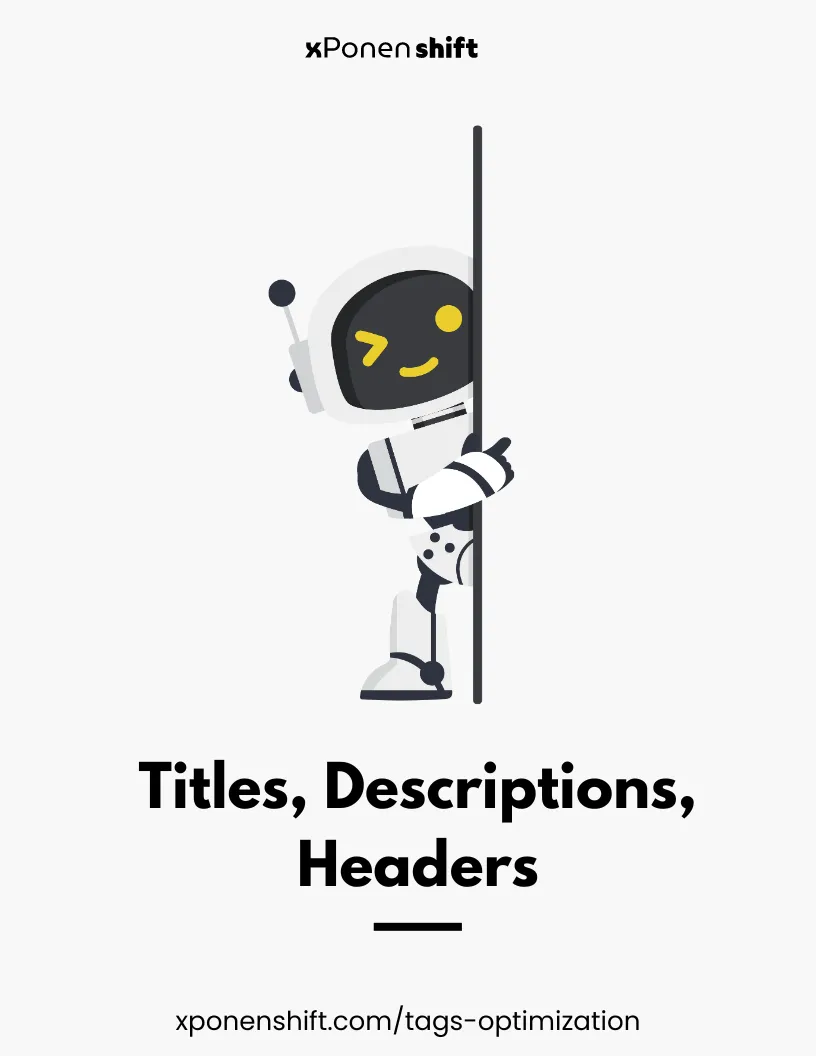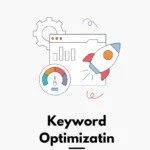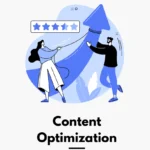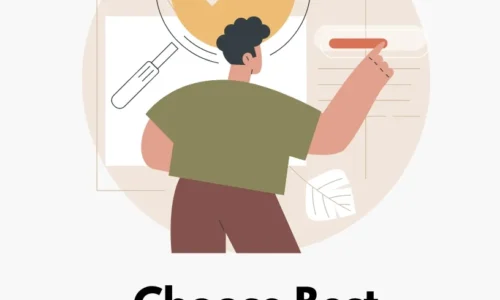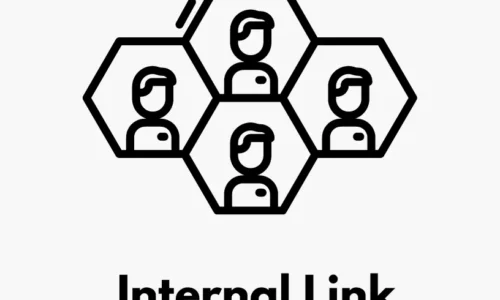- admin
- On-Page SEO
- 0 Comments
- 129 Views
Meta tags, including titles, descriptions, and headers, are crucial for search engine optimization (SEO).
They help search engines understand the content of your web pages and play a significant role in determining your site’s ranking in search results.
The goal of optimizing these elements is to improve visibility and attract more organic traffic to your site.
Steps to Achieve This Goal:
- Title Optimization: Create concise, relevant, and compelling titles that include primary keywords.
- Description Optimization: Write clear and engaging meta descriptions that accurately summarize the page content and incorporate keywords.
- Header Optimization: Use headers (H1, H2, H3, etc.) to structure your content, making it easier for both users and search engines to understand the hierarchy and main points of the page.
Title Optimization
Title optimization involves crafting webpage titles that are effective for both search engines and users.
The aim is to integrate keywords naturally, reflecting the page’s content while also being engaging enough to attract clicks from search engine results. Effective titles can boost page rankings and drive more traffic to a website.
Steps for Title Optimization:
- Identify Keywords: Use SEO tools to find keywords that are relevant to the real estate market, focusing on what potential home buyers or sellers might search for.
- Be Descriptive and Concise: Ensure the title describes the page’s content accurately and stays within 50-60 characters to ensure it displays well in search results.
- Include Location: For real estate, including the location can be crucial as it targets local searchers.
Case Study: Real Estate Company Website
Let’s use a real estate company called “Sunshine Properties,” which specializes in selling beachfront properties.
Keyword to Optimize: “Beachfront properties in Bali”
Original Title: “Sunshine Properties – Listings”
This title is very generic and does not utilize keywords effectively, making it less likely to attract targeted traffic.
Optimized Title: “Beachfront Properties for Sale in Bali | Sunshine Properties”
This title is optimized with specific keywords that potential buyers are likely to search for, including the type of property (“beachfront properties”) and the location (“Bali”).
This helps improve the page’s relevance in search engine results, making it more attractive to users looking for beachfront homes in Bali, and likely increases the click-through rate.
Description Optimization? How Do You Do It?
Description optimization refers to the process of crafting meta descriptions for web pages that are compelling and informative.
These descriptions appear under the title in search engine results and serve as a summary to entice users to click through to your website.
While not a direct ranking factor, well-optimized descriptions can improve click-through rates, which indirectly impact SEO performance.
Steps for Description Optimization:
- Incorporate Keywords: Similar to title optimization, include relevant keywords in your description to show both users and search engines that your page’s content matches the search query.
- Keep It Concise: Meta descriptions should be around 150-160 characters to ensure they are displayed fully in search results without being cut off.
- Make It Engaging: Use active voice and compelling language to encourage users to click. Think of the description as a mini-ad for your page.
For example, for a page about a real estate listing, a non-optimized description might read: “See our listing page.”
A better, optimized description would be: “Discover your dream beachfront home in Bali with exclusive listings updated daily.
Browse photos, view property details, and connect with our agents today at Sunshine Properties!” This optimized version uses active language, includes keywords, and offers a clear call to action, making it more likely to draw potential buyers.
Header Optimization
Header optimization involves using HTML header tags (H1, H2, H3, etc.) effectively to organize content on a webpage.
These headers help both users and search engines understand the structure and hierarchy of the content, making it easier to digest.
Well-structured headers can enhance SEO by emphasizing key information and keywords relevant to the page’s content.
Steps for Header Optimization:
- Use H1 for Main Title: The H1 tag should be used for the main title of the page. This is the most important header in terms of SEO and should include the primary keyword.
- Organize Content with H2 and H3 Tags: Use H2 tags for main section titles and H3 tags for subsections. These should incorporate secondary keywords and be descriptive of the content beneath them.
- Keep Headers Logical and Clear: Ensure headers are logically organized and flow naturally. They should guide the reader through your content and help them quickly find the information they need.
Example of Effective Header Use in a Real Estate Website:
- H1: Luxury Beachfront Homes in Bali
- H2: Why Choose Beachfront Property?
- H3: Benefits of Living on the Beach
- H3: Considerations Before Buying Beachfront Property
- H2: Featured Beachfront Homes in Bali
- H3: Villa Sunset View
- H3: Beachside Modern Bungalow
- H2: Steps to Purchasing Your Dream Home
- H3: Financing Options
- H3: Navigating Property Laws in Bali
In this example, each header is used to structure the content clearly, with H1 establishing the main focus of the page.
H2 headers introduce major sections that cover different topics relevant to the main theme, and H3 headers delve deeper into specific aspects of each section.
This structure not only makes the page more user-friendly but also optimizes it for search engines by highlighting key topics and keywords.
Last but not least
Optimizing meta tags like titles, descriptions, and headers is like setting up a billboard for your website. It’s all about making sure that the billboard (your webpage) catches the eye of passersby (web users and search engines). Here’s a simple breakdown:
- Title Optimization: This is like the headline on a billboard. It should be catchy and clear, using the right keywords to grab attention. Imagine a billboard that says “Luxury Beachfront Homes in Bali” versus one that just says “Homes for Sale”.
- Description Optimization: Think of this as the small text on the billboard that needs to provide enough intriguing information to make someone want to learn more. It’s like saying, “Discover your dream home by the sea with stunning views and exclusive offers.”
- Header Optimization: This is about the structure of the information on the billboard. Just like how a well-organized billboard uses headings and subheadings to guide the viewer’s eye, your website should use H1, H2, and H3 tags to clearly structure information, making it easier for visitors and search engines to navigate.
In essence, optimizing these elements ensures that when your website appears in search results, it’s both appealing and informative, encouraging more clicks and interactions just like a well-designed billboard would catch the eye and interest of drivers on the highway.
